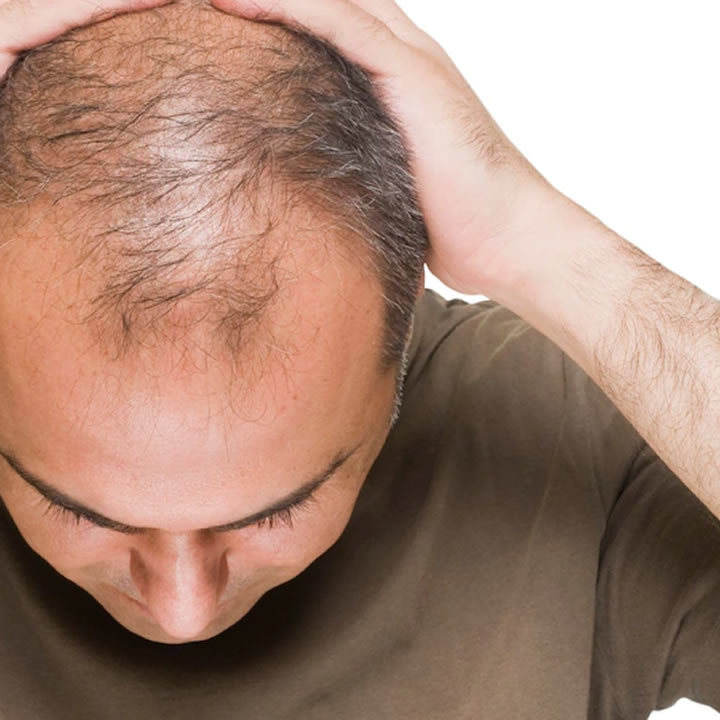Hair loss can be distressing for both men and women, affecting their self-confidence and quality of life. Alopecia is a type of hair loss that occurs when the immune system attacks hair follicles, leading to hair loss on the scalp, face, and other body parts.
Several treatment options are available for alopecia, including Platelet-rich plasma (PRP) therapy. This article will explore PRP therapy and how it can be used as a multidisciplinary approach to restoring hair growth in patients with alopecia.
What is Alopecia?
Alopecia is an autoimmune disorder that affects hair follicles, leading to hair loss on the scalp, face, and other body parts. It can affect anyone, regardless of age, gender, or ethnicity. There are several types of alopecia, including:
- Alopecia areata: Patchy hair loss on the scalp or other body parts.
- Alopecia totals: Total hair loss on the scalp.
- Alopecia Universalis: Complete hair loss on the scalp, face, and body.
The exact cause of alopecia is unknown, but it is believed to be related to genetics and the immune system. Alopecia can significantly impact a person’s quality of life, leading to anxiety, depression, and social isolation.
What is PRP Therapy?
PRP therapy is a non-surgical treatment using the patient’s blood to stimulate hair growth. It is a safe and effective treatment option for patients with alopecia who want to restore their hair growth without undergoing extensive alopecia treatment.
Read more about alopecia treatment in Sydney.
PRP therapy involves the following steps:
- A small amount of blood is taken from the patient’s arm.
- The blood is then placed in a centrifuge to separate the platelet-rich plasma from the rest of the blood.
- The platelet-rich plasma is then injected into the patient’s scalp, stimulating hair growth by promoting the production of new blood vessels and collagen.
PRP therapy is a relatively new treatment option for hair loss, but it has already shown promising results in clinical trials.
The Multidisciplinary Approach to Hair Restoration
PRP therapy can be part of a multidisciplinary approach to restoring hair growth in patients with alopecia. This approach involves combining different treatments to achieve the best possible results for the patient. The multidisciplinary approach may include the following:
Medications: Medications such as minoxidil and finasteride can promote hair growth in patients with alopecia. Minoxidil is a topical medication applied to the scalp, while finasteride is an oral medication taken daily.
Hair Transplant Surgery: Hair transplant surgery is a surgical procedure that involves taking hair follicles from one part of the scalp and transplanting them to the balding area. This procedure is usually recommended for patients with advanced hair loss.
Lifestyle Changes: Lifestyle changes such as eating a healthy diet, reducing stress, and getting enough sleep can also help promote hair growth in patients with alopecia.
PRP Therapy: PRP therapy can be part of the multidisciplinary approach to hair restoration in patients with alopecia. It can be combined with other treatments to achieve the best possible results for the patient.
Benefits of PRP Therapy
Platelet-rich plasma (PRP) therapy is a medical treatment that involves using a patient’s blood to promote healing and regeneration. PRP hair treatment has gained popularity recently due to its many potential benefits.
PRP hair treatment in Sydney: Effective treatments for hair loss, stimulate hair regrowth.
Here are some of the benefits of PRP therapy:
- Non-Surgical: PRP therapy is a non-surgical treatment option that does not require anesthesia or a lengthy recovery period.
- Safe: PRP therapy uses the patient’s blood, reducing the infection risk.
- Improves Hair Thickness: PRP therapy can improve the thickness of existing hair by stimulating the hair follicles to produce more hair.
- Enhances Hair Quality: PRP therapy can improve hair quality by increasing the number of nutrients and growth factors that reach the hair follicles.
- Minimal Side Effects: PRP therapy is a safe and minimally invasive procedure with few side effects.
- Convenient: PRP therapy is a quick procedure that can be done in a doctor’s office, and patients can resume their daily activities immediately after the treatment.
Final Thoughts
Alopecia can significantly impact a person’s quality of life, leading to anxiety, depression, and social isolation. Platelet-rich plasma (PRP) therapy is a safe and effective treatment option for patients with alopecia who want to restore their hair growth without surgery.
PRP therapy can be part of a multidisciplinary approach to hair restoration, including medications, hair transplant surgery, lifestyle changes, and other treatments.
While PRP therapy is a relatively new treatment option for hair loss, it has already shown promising results in clinical trials. This non-surgical procedure uses the patient’s blood to stimulate hair growth and has minimal side effects.
If you are experiencing hair loss due to alopecia, talk to your doctor about whether PRP therapy is right for you. By taking a multidisciplinary approach to hair restoration, you can improve your self-confidence and quality of life.

